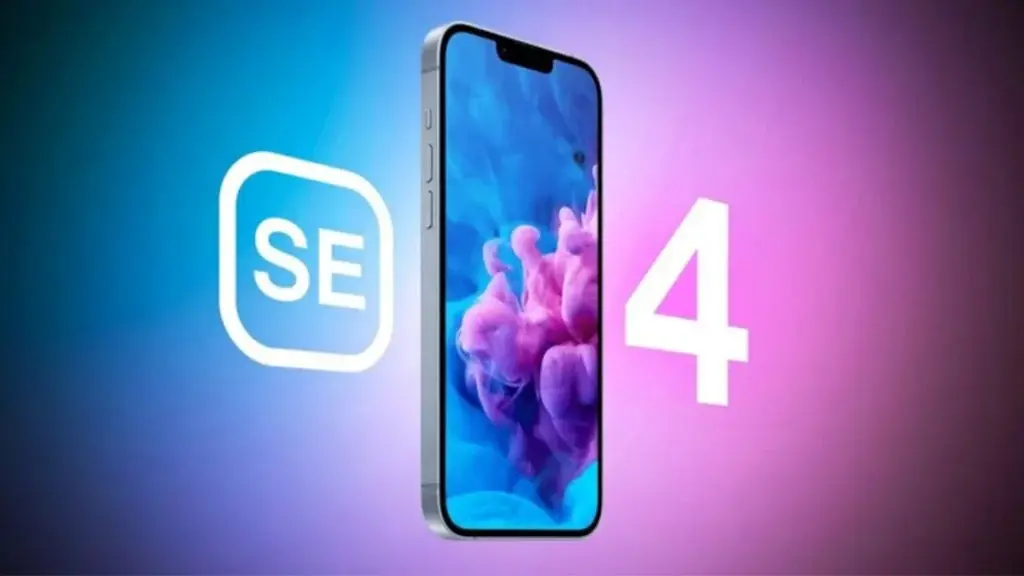Apple has long been speculated to be working on its own 5G modem for iPhones, intending to decrease its dependency on Qualcomm. The company has been dedicated to this objective for several years. In 2019, Apple took a significant step by acquiring Intel’s 5G modem business, which fueled more discussions about an in-house solution.
Progress Towards In-House Modem
Recent developments suggest that these efforts are approaching completion. Ming-Chi Kuo, an analyst known for his dependable insights into the supply chain, has indicated that Apple’s internal modem project is advancing, citing information from his sources within the supply chain.
Kuo predicts that Apple will ship 35-40 million devices equipped with its own 5G modem next year. This number is expected to increase to 90-110 million units by 2026 and 160-180 million units by 2027. He also pointed out that this shift could negatively impact Qualcomm’s 5G chip sales and licensing income.
Significant Impact on Qualcomm
Back in July, Kuo stated that two iPhone models are anticipated to premiere Apple’s proprietary 5G modem in 2025. These would be the iPhone SE 4, expected in the first quarter of next year, and the ultra-slim iPhone 17 Air, which could be released in the third quarter of 2025.
Goals for Integration and Efficiency
Apple has consistently aimed for complete control over its hardware ecosystem. Crafting its own modem would grant the company greater autonomy in design, potentially facilitating improved integration between iPhones and their cellular networks.
There are additional rumors suggesting that Apple plans to merge the modem with its Wi-Fi and Bluetooth chips into a single, unified component. Such integration could enhance battery longevity and overall device efficiency.


Leave a Reply